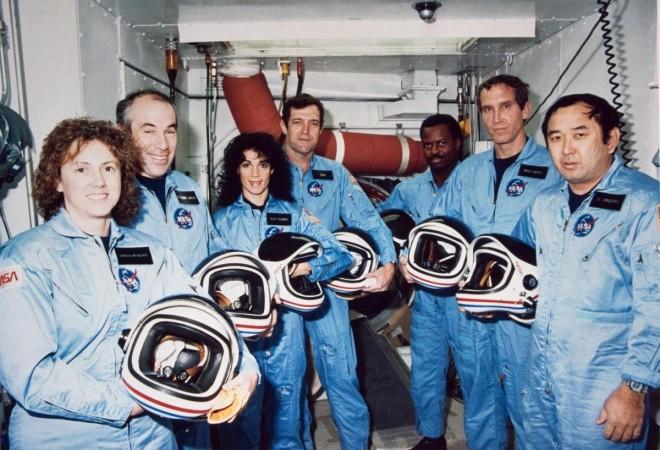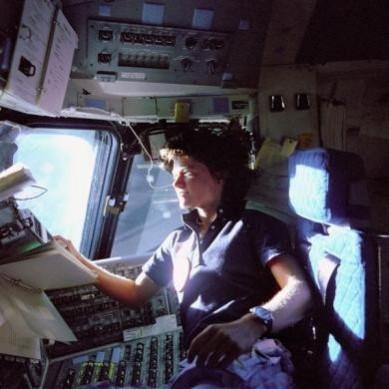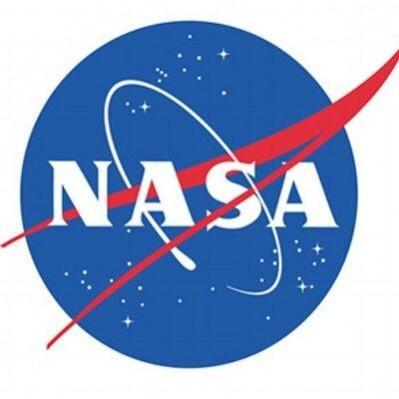A TV documentary crew seeking the wreckage of a World War II-era aircraft has discovered an artefact from the destroyed space shuttle Challenger that killed seven astronauts aboard, including a school teacher, in 1986.
Divers noticed a large 'human made' object covered partially by sand on the seafloor.
The proximity to the Florida Space Coast in the US, along with the item's modern construction and presence of 8-inch square tiles, led the documentary team to contact NASA, which confirmed the finding.
"While it has been nearly 37 years since seven daring and brave explorers lost their lives aboard Challenger, this tragedy will forever be seared in the collective memory of our country. For millions around the globe, myself included, January 28, 1986, still feels like yesterday,a said NASA Administrator Bill Nelson.

"This discovery gives us an opportunity to pause once again, to uplift the legacies of the seven pioneers we lost, and to reflect on how this tragedy changed us," he said in a statement.
The History Channel documentary detailing the latest Challenger discovery will air on November 22.
The last Challenger mission, dubbed STS-51L, was commanded by Francis R. "Dick" Scobee and piloted by Michael J. Smith.
The other crew members on board were mission specialists Ronald E. McNair; Ellison S. Onizuka, and Judith A. Resnik; payload specialist Gregory B. Jarvis; and teacher S. Christa McAuliffe.

A major malfunction 73 seconds after liftoff resulted in the loss of Challenger and the seven astronauts aboard.
An agency investigation later showed unexpectedly cold temperatures affected the integrity of O-ring seals in the solid rocket booster segment joints.
The loss of Challenger, and later Columbia with its seven astronauts (including Indian-origin Kalpana Chawla) -- which broke up on re-entry in February 2003 over the western US -- greatly influenced NASA's culture regarding safety.
NASA created an Office of Safety and Mission Assurance, developed new risk assessment procedures, and established an environment in which everyone can raise safety concerns.
The agency also created the Apollo Challenger Columbia Lessons Learned Programme to share these lessons within the agency and with other government, public, commercial, and international audiences.
"Challenger and her crew live on in the hearts and memories of both NASA and the nation," said Kennedy Space Center Director Janet Petro.

NASA is currently considering what additional actions it may take regarding the artefact that will properly honour the legacy of Challenger's fallen astronauts and the families who loved them.
(With inputs from IANS)

















